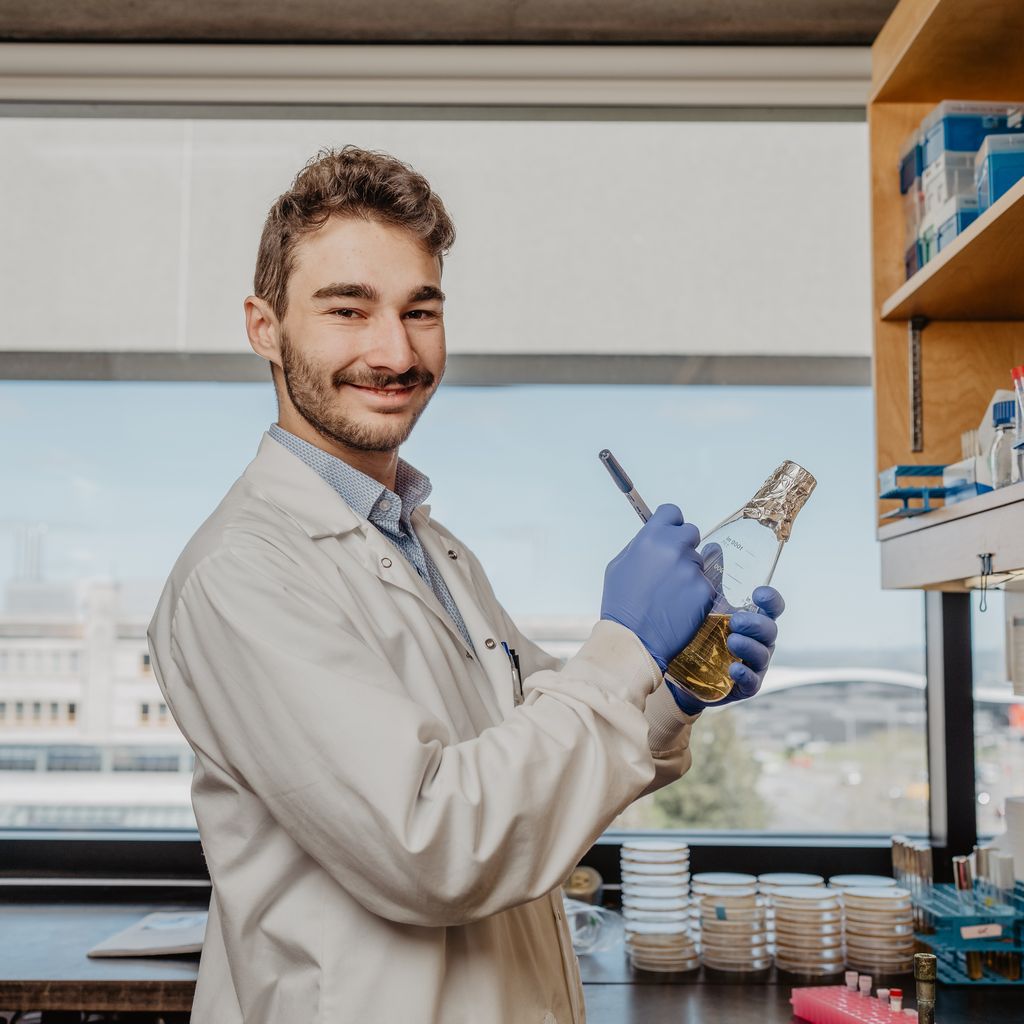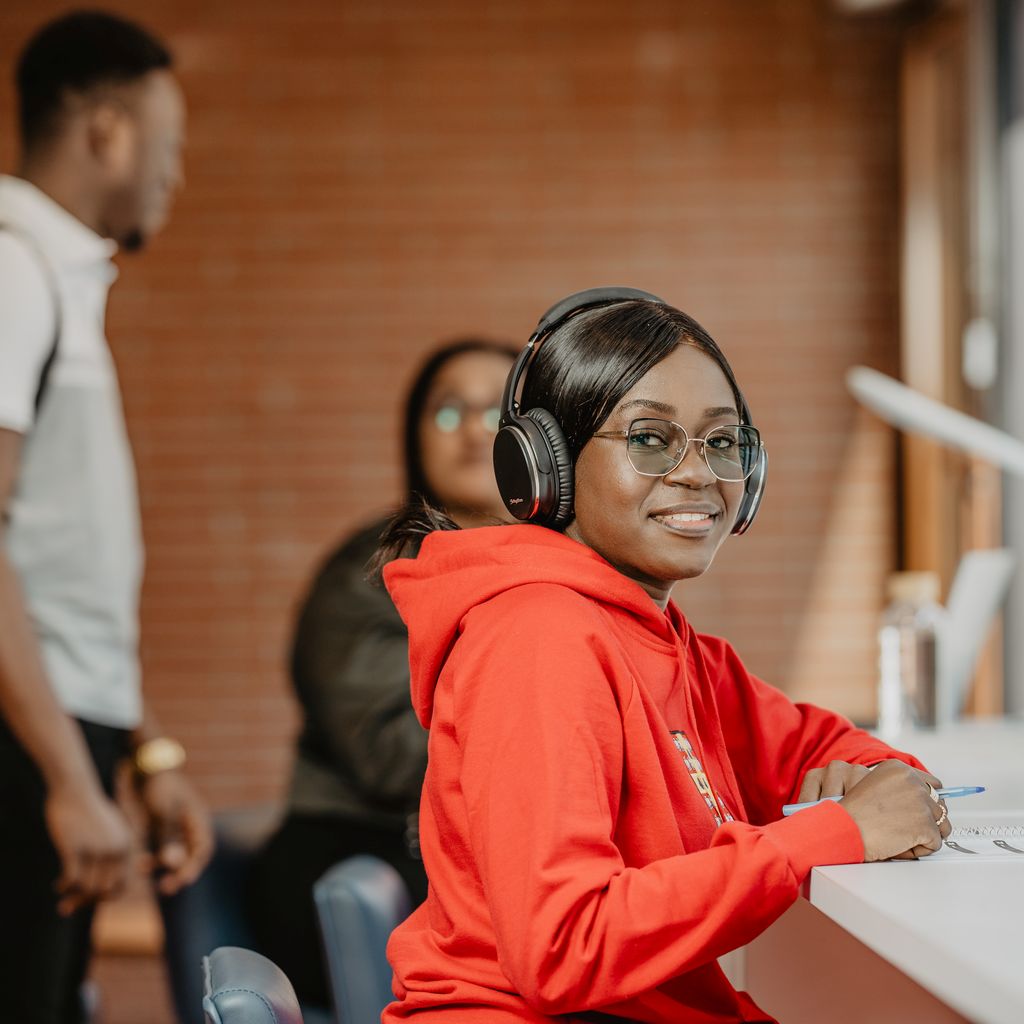Université Laval at a glance
Université Laval is a major teaching and research university with a global vision, recognized for training socially engaged and committed leaders. Its study environment and culture of sustainable development contribute to community well-being.

Education
- 17 faculties and over 60 departments, schools, and institutes
- 600 programs
- Over 90% of undergraduate programs include internships, often paid
- A flexible learning environment:
- 57% of courses are in person
- 33% of courses are online
- 10% of courses are hybrid or HyFlex

Research
- Almost $475 million in funding for research and innovation
- Over 300 research centres, chairs, institutes, and other groups, including:
- 6 Canada Excellence Research Chairs secured since 2008
- 92 Canada Research Chairs
- 82 Partnership Research Chairs
- 41 Educational Leadership Chairs
- Many affiliated research institutions, including the CHU de Québec–Université Laval Research Centre, North America’s premier francophone health research centre

Student and graduate community
- A vast network of more than 350,000 graduates worldwide
- Almost 13,500 diplomas and short-program certificates awarded in 2023 –2024
- More than 55,000 students enrolled for at least one semester in 2023–2024
- More than 47,000 students enrolled in fall 2024, including:
- 66% full time
- 28% in graduate programs
- Nearly 950 medical residents and nearly 400 postdoctoral fellows
- More than 50,000 students enrolled in non-accredited continuing education activities. There are also more than 2,300 at Université du 3e âge

Staff
Ranked as one of the top 2 employers in the Québec region by Forbes, the University has over 10,000 employees:
- 1700 professors
- Almost 2,500 lecturers and other teaching and research staff
- Almost 3,300 administrative and support staff members
- More than 4,000 students work on campus each year
Université Laval also collaborates with:
- Nearly 780 adjunct professors
- More than 1,100 clinical professors
- More than 7,500 professionals providing clinical instruction across our health and social services network

Campus life that can’t be beat
Set in the heart of Québec City, a UNESCO World Heritage site, Université Laval offers students an exceptional academic and living environment.
- 1.8 km2 of campus, 60% of it covered in green space and trees
- 40 buildings connected by footpaths, 8 km of bike paths, and more than 5 km of underground tunnels
- 2 campus buildings in Old Québec
- A lively cultural, athletic, and social environment
- 2,300 rooms in sustainable student residences
- A library with 6 million documents and thousands of electronic resources available online
- The cutting-edge Centre Apprentiss, the only interdisciplinary healthcare learning centre of its kind in Canada
- PEPS, one of the country’s largest modern sports complexes
- The Rouge et Or, one of the best university sports programs in the country, with more than 500 student athletes
- Forêt Montmorency , the largest teaching and research forest in the world

A sustainable university
- Canada’s first voluntary carbon-neutral university
- Ranked 19th in the world and the top francophone university according to the 2024 Times Higher Education Impact Rankings, based on the 17 United Nations Sustainable Development Goals
- Ranked Platinum, the highest certification level, in the STARS (Sustainability Tracking Assessment & Rating System)
- Unlimited access to public transit in Québec City and Lévis for the student community with the University travel pass (LPU)

Internationalization
- More than 9,000 international or permanent-resident students (17% of total student enrolment) in 2023–2024
- Over 900 members of the student community taking advantage of international mobility programs
- Almost 860 partnership agreements with some 555 institutions of higher education and various organizations in 80 countries
- More than 50% of research publications produced in collaboration with at least one scientist from another country